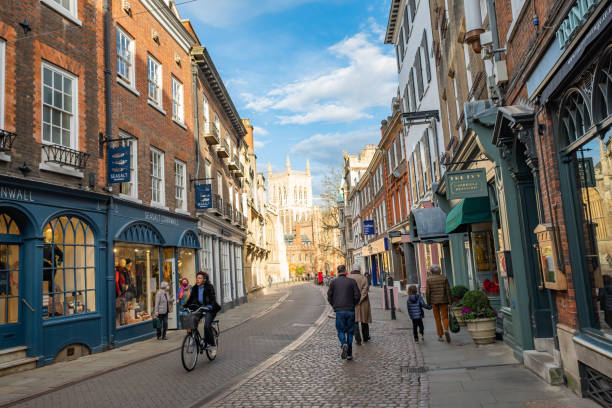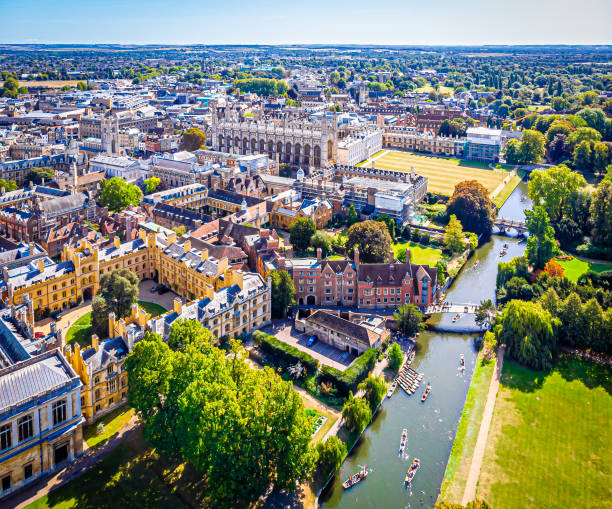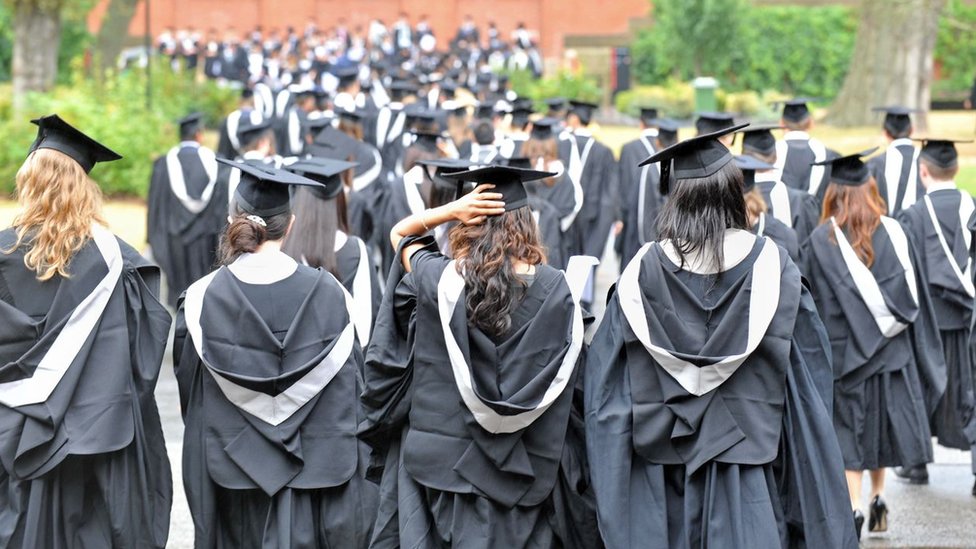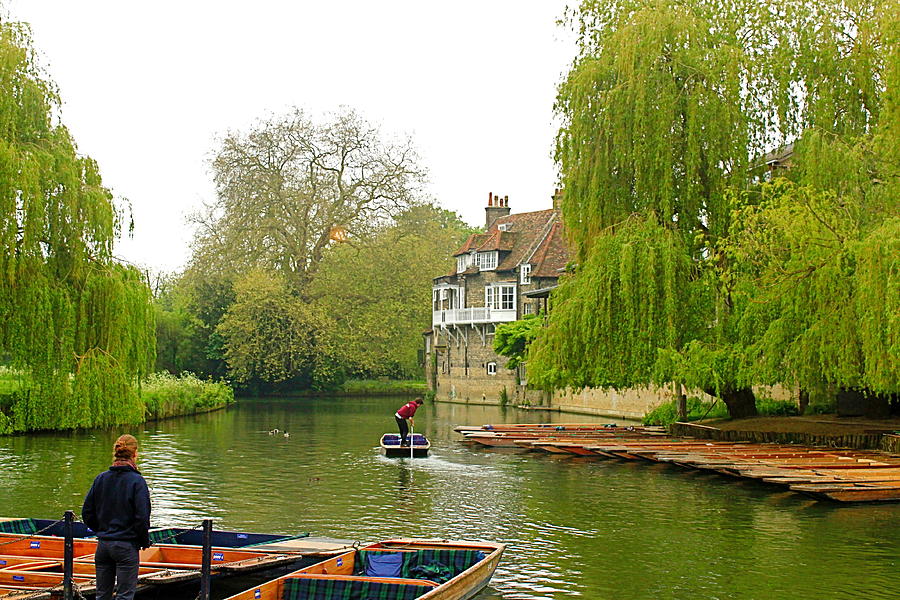History
The area of Cambridge shows evidence of settlement since the
Bronze Age and later became a trading center in Roman and Viking
times. By the 12th century, Cambridge had its first town
charter, while the University of Cambridge was founded in 1209.
The medieval colleges and their historic architecture remain
central to the city’s identity and global reputation. In 1951,
Cambridge was granted official city status, cementing its role
as a cultural and academic hub shaped by centuries of
scholarship.
Geography & Demographics
Cambridge lies in eastern England, within Cambridgeshire county,
along the River Cam and about 55 miles (89 km) north of London.
The city covers roughly 41 km². Its 2024 estimated population is
around 149,352, with the 2021 census recording about 145,700
residents. The population is diverse, with a majority of White
British residents alongside growing Asian and international
communities. A high proportion of students and young
professionals contribute to the city’s vibrant and highly
educated demographic profile.
Education & Economy
Cambridge is world-renowned as the home of the
University of Cambridge, founded in 1209, with iconic
sites like King’s College Chapel and the Cavendish Laboratory.
The university and institutions such as Anglia Ruskin University
drive the city’s academic, cultural, and economic life. Research
output and entrepreneurial activity have made Cambridge a global
hub for innovation, especially in technology and biotechnology,
often called the “Silicon Fen.” The Cambridge Biomedical Campus
and high-tech clusters provide significant employment with a
workforce strongly concentrated in research and knowledge
industries.
Culture, Events & Transport
Cambridge has a rich cultural scene, with museums like the
Fitzwilliam Museum, university collections, theaters, and
festivals such as the Strawberry Fair. Sporting traditions,
including the famous Boat Race, reflect the city’s strong
university heritage. Modern music, art, and annual fairs
contribute to a lively cultural calendar. Transport links
include major roads (M11, A14), a busy railway station, and a
well-connected bus network, while cycling is one of the most
popular ways to move around. Visitors are also drawn to punting
on the River Cam, historic college courtyards, and the city’s
many green spaces.



